With the alien fungal disease white-nose syndrome devastating North American bats it’s time for some good news about the order. So consider the U.S. Fish and Wildlife Service’s January 5th proposal to delist the endangered lesser long-nosed bat.
“In 1988 there were thought to be fewer than 1,000 bats at the 14 known roosts range wide,” stated the Service. “There are now an estimated 200,000 bats at 75 roosts.”
That phrasing is a bit misleading. The reason there were thought to be fewer than 1,000 bats in 1988 was because most roosts hadn’t been discovered. Still, the recovery work has been inspiring, the resultant population surge remarkable. As the Service’s Arizona field supervisor, Steve Spangle, puts it: “This has been an international team effort involving citizen scientists in Pima County, tequila producers in Mexico, biologists in both the U.S. and Mexico, non-governmental organizations and federal and state agencies, all pulling together under the organizing banner of the Endangered Species Act.”
The Service has a year to consider public comments and render a decision, but it’s clear that delisting is a done deal. “In my business you’re surprised if you don’t get comments against what you’re doing,” Spangle told me. “I’ve heard none.” This will be the first bat taken off the Endangered Species List.
The Chupacabra Scare
The lesser long-nosed bat is a night-flying nectar feeder, evolved to collect pollen on its hairy, elongated muzzle and distribute it to hundreds of plant species which concurrently evolved to feed this bat and other pollinators.
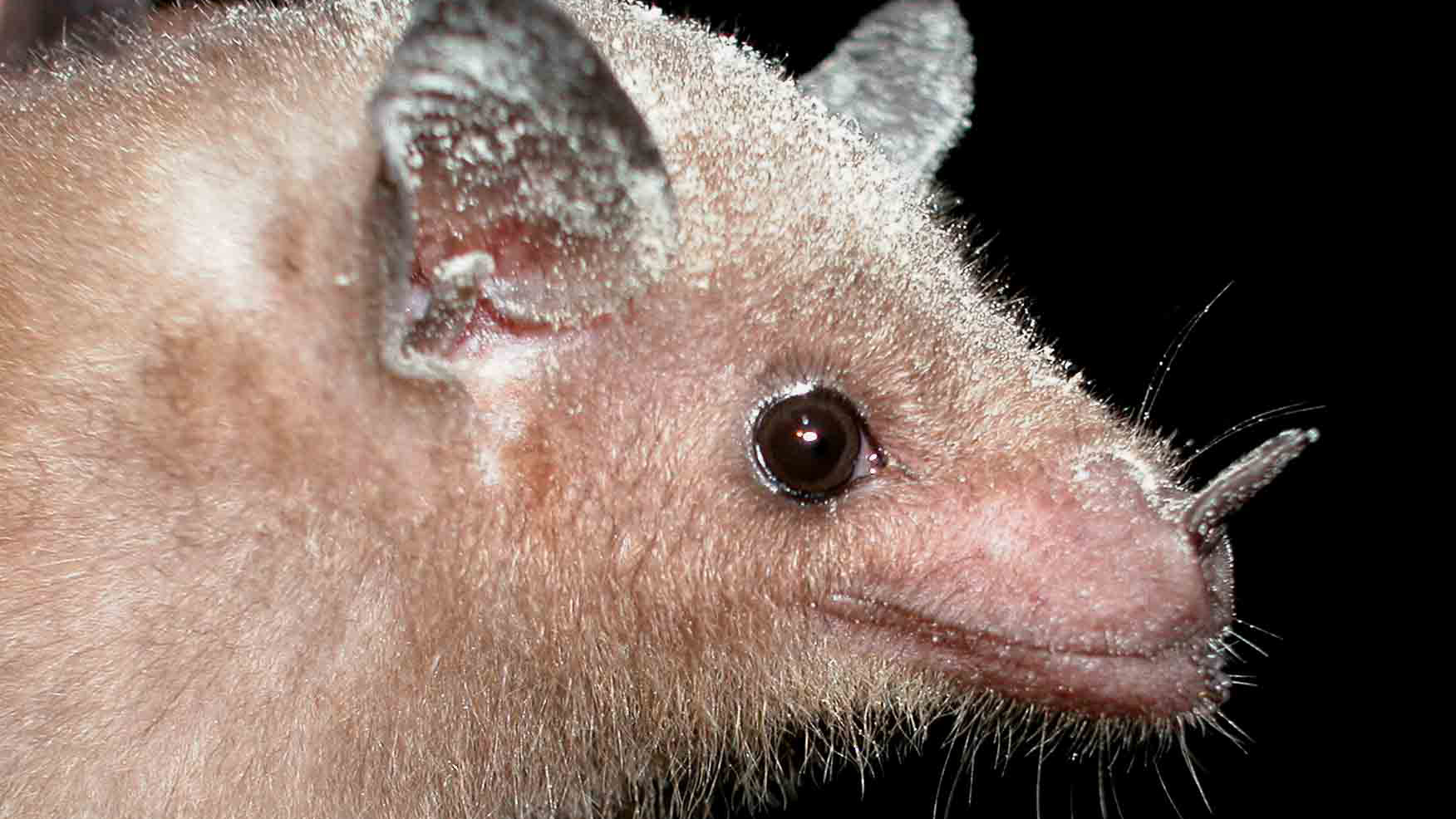
Lesser long-nosed bats don’t get white-nose syndrome because instead of spending winters in dank hibernacula they migrate between the American Southwest and the tropics of Mexico, pollinating plants and preserving ecosystems along the whole route.
Three factors contributed to the bat’s demise — in order of importance: anti-bat superstitions; clumsy, nonselective vampire-bat control; and habitat destruction.
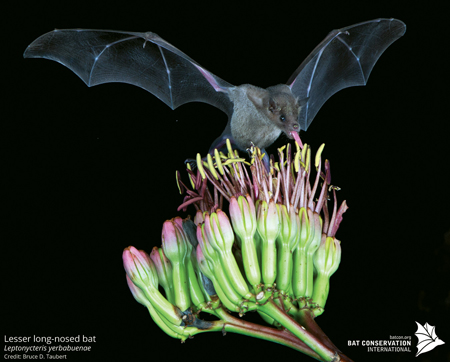
“Bat persecution got worse in the early 1990s with the chupacabra scare,” recalled ecologist Dr. Theodore Fleming who wrote the recovery plan for the lesser long-nosed bat.
If you haven’t seen a chupacabra (derived from the Spanish “chupar,” meaning “to suck”), there’s a good reason. A chupacabra is a half-man, half-bat critter said to emerge from dark places (only during times of economic hardship) to exsanguinate goats and sheep. Fleming and his colleagues would find burning tires in caves, a popular prescription because when the smoke cleared the caves were invariably chupacabra-free. Another benefit in the eyes of the public was the elimination of whatever bat species happened to be roosting.
And this from Dr. Merlin Tuttle, founder of Bat Conservation International: “When we did our research at Kino Bay we’d ask people where these bats roosted. They’d tell us: ‘Whatever you do don’t go in there. They urinate, and if it gets in your eyes, you’ll go blind.’ We tried to tell them different …”
A Tequila Toast to Bats
Most lesser long-nosed bats spend their lives in Mexico. There’s even a non-migratory population. Mexico was able to delist the species in 2015 thanks to the heroic efforts of Dr. Rodrigo Medellín and his students at the National Autonomous University of Mexico.
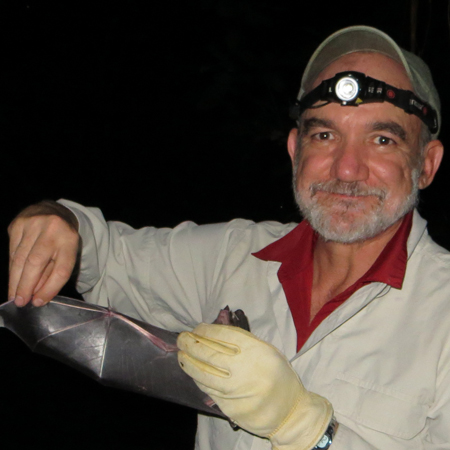
“I’ve been working to fix the bad reputation of bats,” he declared. “In ten minutes I turn people around, and they come from enemies of bats to defenders. I tell them how lesser long-nosed bats pollinate plants all over our country, including 180 species of agave.”
Tequila is made from Agave tequilana (blue agave). For up to 14 years a plant will store sugar in order to produce one enormous flower spike; then it dies. So to get maximum sugar, farmers traditionally harvested all their blue agave before it bloomed. The plant reproduces not only from seeds but by sending out shoots that produce exact duplicates of the parent. That’s how fields get repopulated.
“More than 20 years ago I went to the growers and told them they owed this wonderful tequila to the bats because of pollination and the least they could do was give a little back by letting a few agaves flower,” Medellín continued. “They sent me packing, not even a thank you. Then ten years ago I went back and gave them this paper that showed 160 million agaves are clones of only two plants. ‘You are playing with fire,’ I said. ‘Genetic diversity is essentially zero. All it takes is for one disease to hit one plant and all are sick.’

“‘Very interesting Dr. Medellín. Very nice paper. But don’t call us; we’ll call you.’ So six years ago the disease shows up and hits the agave fields hard. I swear that I did not put it in. Then they came to me, very interested, and said: ‘What was that thing about the bats and disease?’ I made a plan: ‘All you need to do is allow just five percent of your agaves to flower, and in one hectare you will be feeding 90 bats per night.’”
I asked Medellín about the claim of some bat biologists that undiscovered, unvisited roosts at the time of listing rendered endangered status unnecessary.
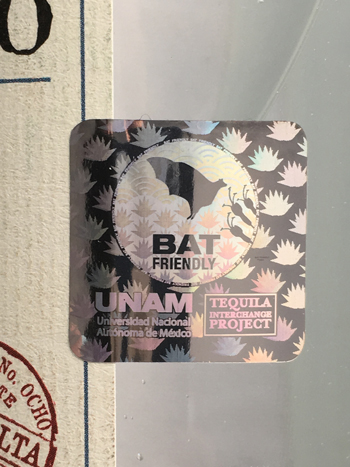
“I don’t believe that,” he replied. “I was part of those early expeditions with the U.S. Fish and Wildlife Service. We went through the habitat in Mexico looking at historical roosts. And where we were supposed to find thousands of bats we found 100 here, 150 there and so on. And some of the caves were empty. All our monitoring is showing stability and growth. Five years ago my students went to two caves, and came back with reports of lesser long-nosed bats. ‘Hit the books,’ I told them. ‘I’m sorry; you are wrong. There have never been lesser long-nosed bats in those caves.’ So they brought me there; and we had 4,000 in one and 5,000 in another.”
In 2014 Medellín, his university and the nonprofit Tequila Interchange Project (an alliance of bartenders, tequila producers and scientists) introduced “bat-friendly tequila.” Public demand for it is another motivator for growers. On November 30, 2016, 300,000 bottles in five brands hit U.S. and Mexican markets: Tequila Ocho, Tapatio, Siete Leguas, Tesoro de Don Felipe and Siembra Valles Ancestral.
Bats at the Hummingbird Feeder
In the U.S. most lesser long-nosed bat habitat is managed by the Bureau of Land Management, Forest Service, National Park Service and the U.S. Army. Roosts in caves and abandoned mines have been protected from human disturbance with site closures and bat-accessible gates. Habitat restoration in Organ Pipe Cactus National Monument and Coronado National Memorial has included agave and saguaro plantings.
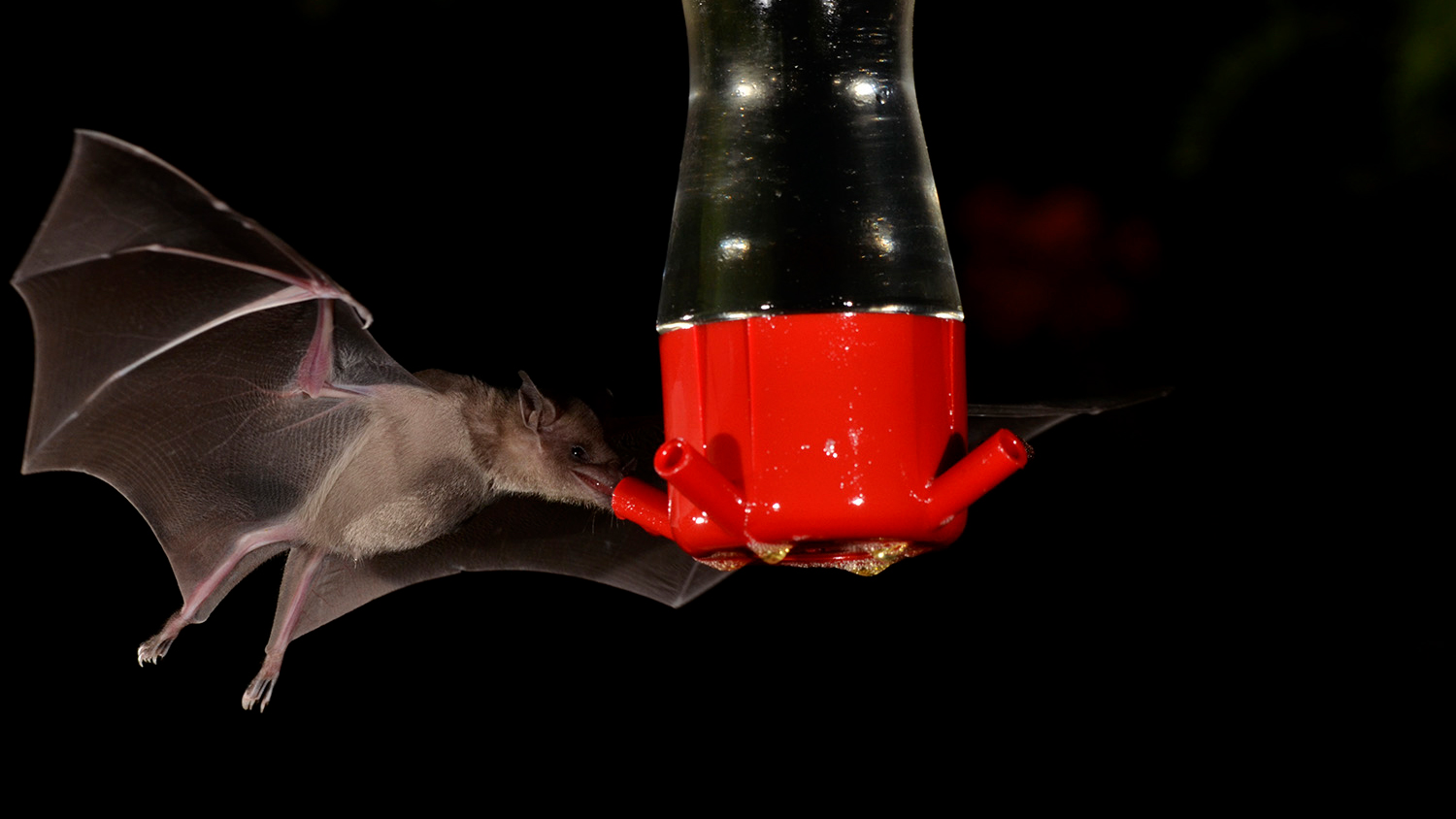
Citizen science has been instrumental in identifying roosts and monitoring populations. In 2007, following widespread agave failure, people in the Tucson area started noticing lesser long-nosed bats at their hummingbird feeders.
The Town of Marana helped coordinate a project where homeowners could register their hummingbird feeders and fill out data sheets, and it set up a website to download data and share information. The project also allowed managers to identify roosts by capturing bats with mist nets and gluing small transmitters to their backs.
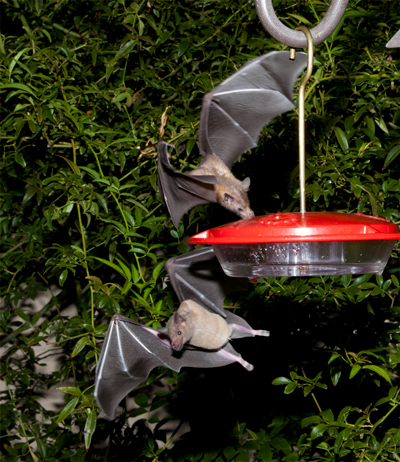
Twenty years ago, under Section 10 of the Endangered Species Act, Arizona’s Pima County signed up for a Habitat Conservation Plan by which, in exchange for protecting roosts and food plants, it was guaranteed immunity from prosecution should any activity result in unintentional “take” of lesser long-nosed bats.
When endangered or threatened protection is removed from a species there’s always the danger that it will be forgotten and face old and new dangers — among the latter, in this case, global warming and the slap-dash proliferation of bat-killing wind turbines in Mexico and the U.S.
I couldn’t find one environmental outfit that didn’t support delisting. But because the Fish and Wildlife Service hasn’t always followed through on post-delisting protocols, each group left me with the same cautionary message. Bat Conservation International’s Dr. Winifred Frick articulated it as well as anyone: “We want to have support for monitoring the species so we can make sure these trends toward recovery and stability will continue.”
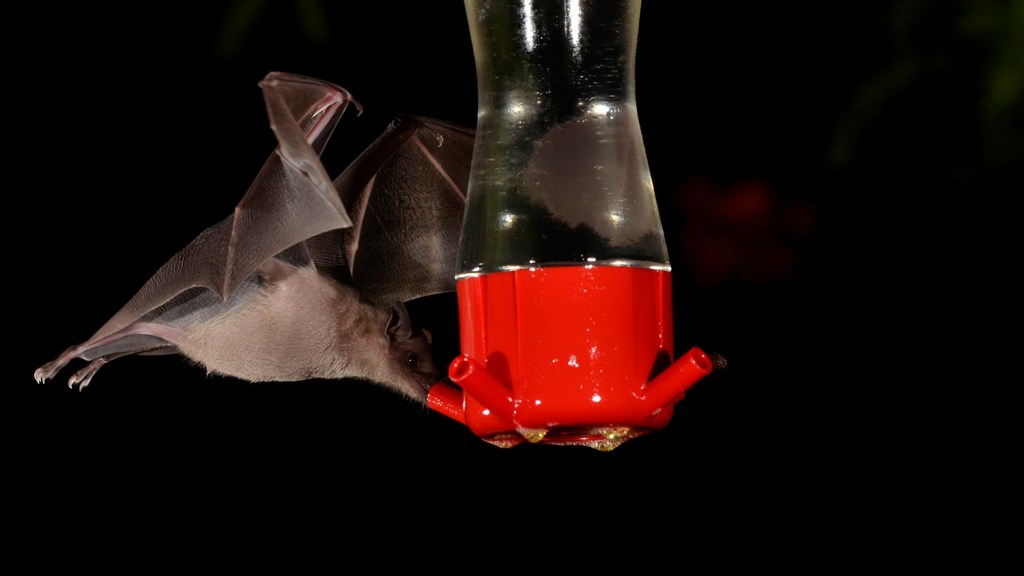



Years ago my late husband made me a bat house which placed high up on the house under the eves. We were very disappointed because we watched for years, but never saw any bats. Hornets it took over and we had to take it down. I am still hoping to see bats in my yard at night.
I love it. I love bats and tequila!!~!!
What a positive, informative and uplifting piece! We love bats and we do enjoy tequila on occasion, but were unaware of the interconnection. Going forward, we will buy only bat-friendly tequila. Kudos and thanks to Professor Medellín for his patient but urgent persistence!
I thank God that Bats are recognized as worthwhile creatures I love Bats .
They burned tires in caves to chase away bats. How frigging stupid people can be! The chupacabra description is a new one to me. Cabra is a goat. The chupacabra is part man & goat, not bat.
Chupacabra, literally, means “goat sucker.”
I live in groton connecticut. There used to be an old factory chiminey close by my house which was home to many brown bats . I live near a wetlands area and mosquitos are abundant in warm weather in the summer. The chimimey was destroyed .how can i attract the bats back to my area and provide nesting for them?
Bats are very similar to bees. They are pollinators and are vitally necessary in order for plants to get going right from the beginning. save them and save agriculture OK???
Great article! Brings together the science and the human aspects involved in a successful conservation project. It is easy for the reader to understand that many disparate but equally important elements are needed for an effort like this to move forward. What also comes through loud and clear is that it takes patience and dedication on the part of many, and the passage of time for a project of this nature to develop and then move forward. Let’s hope that the
progress continues after de-listing!
What beautiful animals! I toast them with a “bat-arita!”
We saw bats feeding at hummer feeders in Trinidad. A different variety, I’m sure, but what a thrill.
Well said Sandy.
I’m surprised no one has said anything about the green growth in the feeder (1st picture shown). I had heard a long time ago that you had to clean the feeder frequently as such growths could poison the bats.
What an enlightening story.. Thank you! This is the kind of information we should have on the evening news… one story per night… educate America ☺
Due to lack of education, bats have have been maligned, misunderstood ‘forever’. Understanding Earth’s natural processes, all of its life forms, must be added to all school curriculua, especially early childhood, elementary programs. Bats, like bees, are major pollinators of our food plants. We must learn about the value of these animals and respect their contribution to life on Earth.
Irrational human fears must not be responsible for the destruction of these valuable bat species. As humans, our mandate is to respect, sustain, care for our Earth. We have no ‘orders’ to destroy our planet. Another human misconception, misunderstanding.
I don’t much care for Tequila but I do like bats. Thanks for sharing and for all the information. I was under the impression that bats stayed in one area. Guess I was wrong. Migrating HUH?
Thanks so much, Ted, for this enlightening and heart warming tale of collaborative conservation across an international border on behalf of the lesser long-nosed bat. As it turns out, Pima County’s Conservation Plan is helping more than bats; birds, other pollinators and other creatures are also benefitting from the plan. Other county’s would do well to follow Pima’s example.
Apart from being very informative, this story lifted my spirits. The news is good and the bats are so beautiful. May the buyers of bat-friendly tequila lift THEIR spirits, in tequila glasses, with joy. Thank you!